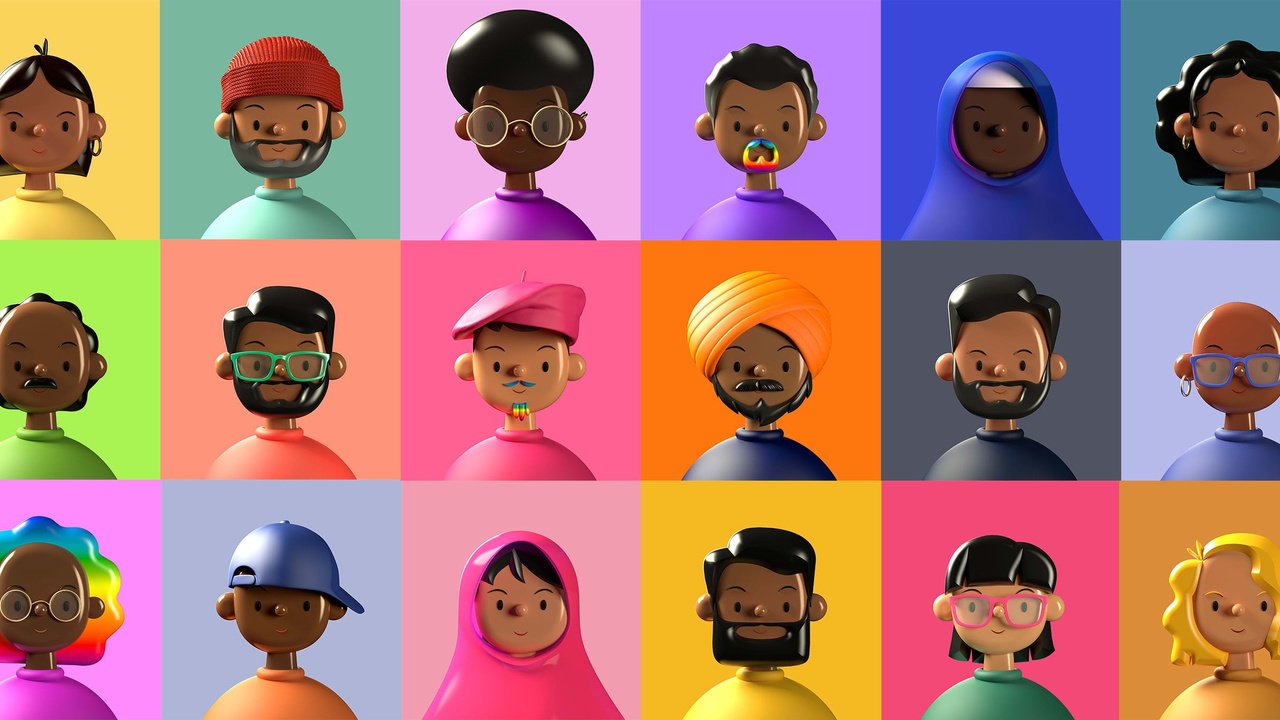
You’ve seen it on the news. Your colleague can’t shut up about it.
NFTs are the internet’s latest obsession among crypto and blockchain enthusiasts.
The recent craze has been fuelled by headlines of multi-million-dollar sales and newly minted NFT millionaires.
So, what’s all the hype about? Are NFTs the next digital revolution or a speculative fad? What does NFT even stand for? And how can someone get in on the action?
To start us off, NFT stands for non-fungible token.
If I lost you at fungible, this guide will walk you through the burgeoning world of NFTs.
What are NFTs?
In economics, a fungible asset is defined as something with readily interchangeable units (read money).
You can swap a 20 dollar note for 4-5-dollar notes, and they will have the same value. Similarly, a single unit of Bitcoin is always equal to another unit.
But if an asset is non-fungible, it has unique properties that make it impossible to interchange it with something else.
As such, Non-Fungible Tokens are one-of-a-kind assets in the digital world.
They are a way of owning an original digital image that is easy to trade on the blockchain and can take the form of:
- Artwork
- Music
- Video and sports highlights
- GIFs
- Collectibles
- Virtual avatars and video game skins
- Tweets
NFTs were initially launched on the Ethereum blockchain, but soon after, other blockchains, including Bitcoin Cash and FLOW, started supporting them.
Digital collectibles aren’t exactly a new concept. But despite being around since 2014, their popularity has exploded in the last couple of months.
Non-Fungible Tokens VS Cryptocurrency
Whereas cryptos are hailed as the digital response to currency, NFTs are now being touted as the digital solution to collectables.
It’s easy to confuse the two as they’re both built using the same kind of programming.
The main difference between cryptos and NFTs is that the former is fungible, meaning they can be exchanged or traded with another identical one of the same value.
NFTs are unique and not mutually interchangeable. Each NFT has a unique digital signature. This means that no two NFTs are similar –not even those that exist in the same collection, game, or platform.
How do They Work?
You have probably heard of stories of how famous traditional works of art like paints sell for millions of dollars. Such paintings are valuable because they’re one of a kind.
However, when it comes to digital files, it’s easy to duplicate them. Besides, anyone can view an image online for free. So why splurge on something you can easily download or screenshot?
Well, because NFTs allow buyers to own the original items and retain creative rights. They’re tokenized to create a digital certificate of ownership with built-in authentications. This certificate serves as proof of ownership, and can be bought or sold.
Just like cryptos, a record of who owns what is stored securely on a distributed shared ledger (blockchain). Blockchain is the digital database underpinning cryptos such as Bitcoin and Ethereum.
Since thousands of computers maintain the ledger worldwide, the records cant be forged.
How NFTs work is that they create digital scarcity among otherwise infinitely available assets. Assuming an asset is in demand, cutting off its supply raises its value.
How to Buy/Sell NFTs
Before you purchase an NFT, you need to know the digital wallet required to store it, what marketplace to purchase from and what crypto you will need to complete the sale. You can buy cryptocurrencies on platforms like Kraken, Coinbase, and eToro using a credit card.
Top NFT marketplaces include:
- Mintable
- OpenSea
- Rarible
- Nifty Gateway
- NFT ShowRoom
- Foundation
- Axie Marketplace
These marketplaces charge varying fees, so do your own research before settling on one.
You can also make and sell your NFTs on these marketplaces by uploading your content and following the instructions.
NFTs as Investment
So, are NFTs a bubble that’s poised to pop or are they actually investment opportunities?
NFTs afford gamers, collectors and artists a unique opportunity to monetize their wares trade without the involvement of a third-party or intermediary. A major challenge they face is plagiarism of artwork for the minting of NFTs. Scams are also common.
NFTs are risky because they’re still new, and we don’t yet have a lot of history to judge their performance.
If you have some cash to spare, it may be worth investing small amounts to try it out for now.
Conclusion
Hopefully, you now understand what NFTs are and how they work.
If you decide to take the plunge into NFTs investing, approach them just like you would any investment: Do proper research, understand the risks involved and proceed with a healthy dose of caution.
Photo: Source by Amrit Pal Design